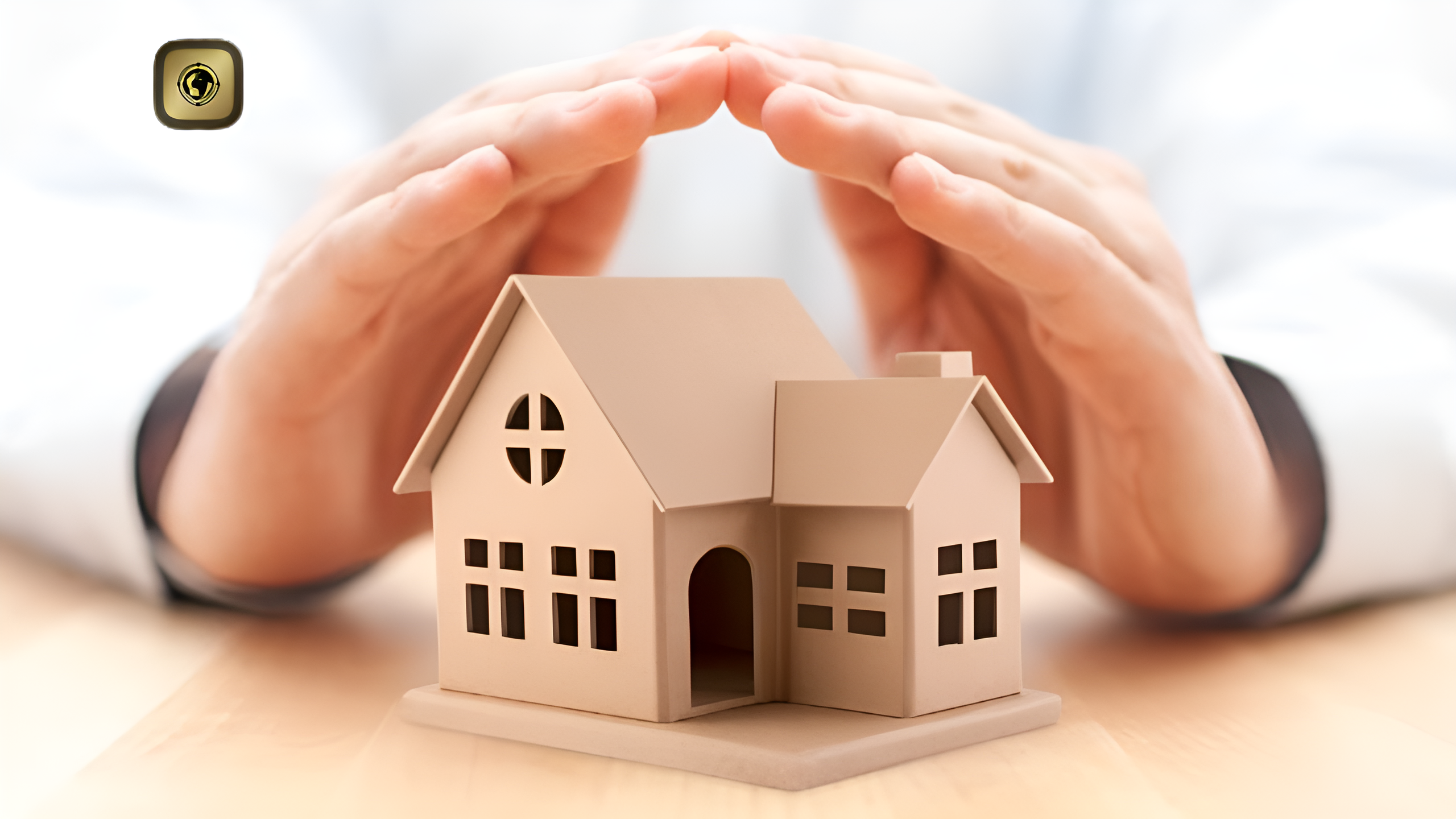April 4, 2025
- This year, you have the opportunity to experience it with an innovative method for enhancing your home with Smart Home Technology. To align with global trends, India is also embracing these changes and witnessing significant growth in this sector, and home insurance in India now provides coverage for these technologically advanced smart homes.
How does smart home technology actually function?
- We have not fully grasped the idea of a smart home, and at times it seems like a scene from a science fiction movie, set in a distant futuristic world. Nonetheless, smart home automation technology is indeed a reality today. Over time, numerous experiments and research on automation technology have been refined, which laid the foundation for Smart Home Technology. Independent connections, both wireless and wired, have been established, thus eliminating the risk of signal interference. A standard Wi-Fi network is sufficient to connect many of these devices.
- Most manufacturers rely on the latest Z-Wave technology to establish all varieties of wireless connections. It links the sensors found in smoke detectors, security systems, locks, and power meters that monitor the heating system, air conditioning system, and natural ventilation system. However, all of these must be installed physically and are not inherently “smart. ” The true intelligence comes from remote programming and monitoring. Once all pertinent systems are linked to the network, you can interact with them from your location via wireless connectivity. Using your tablet or smartphone, you can conveniently manage all these devices like televisions, phones, air conditioners, hot tubs, etc. , from the next room, floor, or even while at a friend’s house.
How does wireless home automation operate?
- Wireless home automation functions through the use of low-power devices capable of transmitting and receiving information, such as light sensors that detect the sunrise and automatically signal to open the bedroom shutters or curtains.
Over time, various wireless protocols and systems have developed and emerged, advancing the technology further. Some of these systems include:
- ANT network:
This guarantees optimal performance in the 2. 4 GHz frequency band and is recognized as an ultra-low-power system for wireless connections. Initially designed for sports and fitness data, it is now increasingly utilized in smart home automation technologies. TI operates on low power and monitors power consumption levels. - Bluetooth:
A well-known term for every mobile user, technological progress has allowed us to use Bluetooth in new ways within smart home environments. It has become a top choice among developers, who continue to enhance it further, increasing the data rate from 1 Mbit/s to 2 Mbit/s between Bluetooth version 4 and the latest version 5. - Wi-Fi (wireless):
Most homeowners are presently familiar with Wi-Fi technology and its functionalities and working methods. You can connect your smartphone, laptop, and tablet to an uninterrupted and unlimited internet connection. However, Wi-Fi tends to consume more power, as it typically requires high bandwidth connections. Your smart-home automation system may need Wi-Fi connectivity for high-data applications, which you can discuss with your developer during the installation process. Home insurance India will strive to provide you with the necessary coverage. - ZigBee:
ZigBee is yet another low-power application protocol founded on IEEE 802. 15. 4, which is the standard for personal area networks, offering proper media access controls.
Z-Wave has advantages over ZigBee because it uses less power to attain improved coverage in smart home settings. However, ZigBee is regarded as significantly more versatile for better connections in short-range connections. - Automated luxuries:
With the progress of automation technology, you can interact with numerous small devices in your home from a remote location. Ranging from your locking system to your coffee maker, many small appliances can be operated via your smartphone, while home assistant products simplify the procedure significantly. You can download the relevant application and manage it using your voice commands. Ranging from turning the lights on/off to your thermostat, air conditioning, or television. Even if these devices may not be “smart” on their own, there are options available to make them smart.
Nevertheless, since not all these products are from the same brand, they don’t always synchronize effectively when operated remotely. Some devices may function well with one application, while others may rely on a different one. Nevertheless, you can still link everything to the same phone, minimizing the inconvenience.
Top smart home devices for home automation: - Smart home security system:
This lets you monitor your home, even when you are away. It enables you to oversee your specific home security system 24/7 with just a few clicks on your smartphone, through the dedicated smart home application. When you are not at home, the system will alert you via a call or message whenever it detects unusual motion. At times, it might even send a video to provide a view of the area. - Video doorbell camera:
With the designated application, you can respond to your doorbell from the video feed. The video doorbell usually operates on Wi-Fi and provides you with necessary images and videos while you are away. - Smart outlets and smart plugs:
There are specialized automated power outlets that enable you to manage the lights even when you aren’t at home. For optimal performance, you need an active Wi-Fi connection and control of the circuit via a smartphone. The system will also display the total power consumption and identify which devices are utilizing the most power. - Smart thermostat:
Failing to adjust the thermostat before departing from the house leads to a significant waste of money and resources. Nonetheless, with smart homes, these issues belong to the past. You can manage them effortlessly through your smartphone, with the solution always being readily available. Based on your routines, it understands when to cool or pre-heat the house and operates accordingly to provide you with maximum comfort.



Leave A Comment